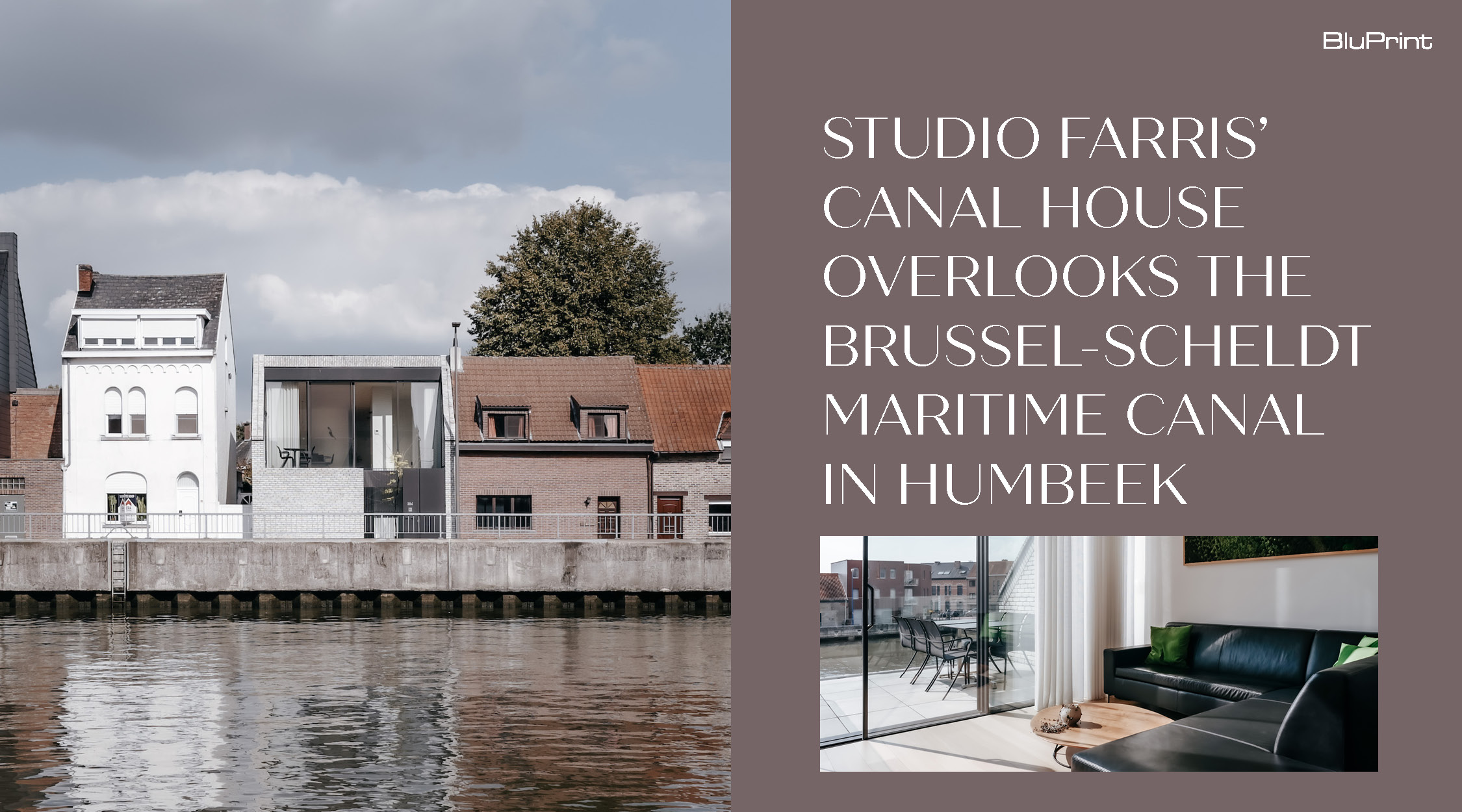
Studio Farris’ Canal House Overlooks the Brussel-Scheldt Maritime Canal in Humbeek
Canal House is a humble single-family residence designed to substitute a pre-existing building and to make the most of the available surface area by respectfully placing itself within the profile defined by the row of residential buildings facing the canal, complying with the surrounding gabled roofscape. The elegant adaptation to the urban context, however, is enriched by new solutions which extend the potential of the lot and redefine the conditions of use of the house.

Studio Farris Architects designed the house to take advantage of the Brussel-Scheldt Maritime canal in Humbeek, Belgium. Most of the houses facing the canal seems to have overlooked the presence of the waterway, denying any opportunity to relate to both the public dimension and the view of outdoor space. Looking at the traditional layout of houses, the living quarters are on the ground floor, with high windows protected by curtains for privacy. Studio Farris decided to work the other way around and utilized the property’s vantage point. The team emptied part of the original envelope, reversed the program by placing the living area upstairs and the sleeping areas on the ground floor, and worked on a careful redefinition of the boundaries between indoors and outdoors.
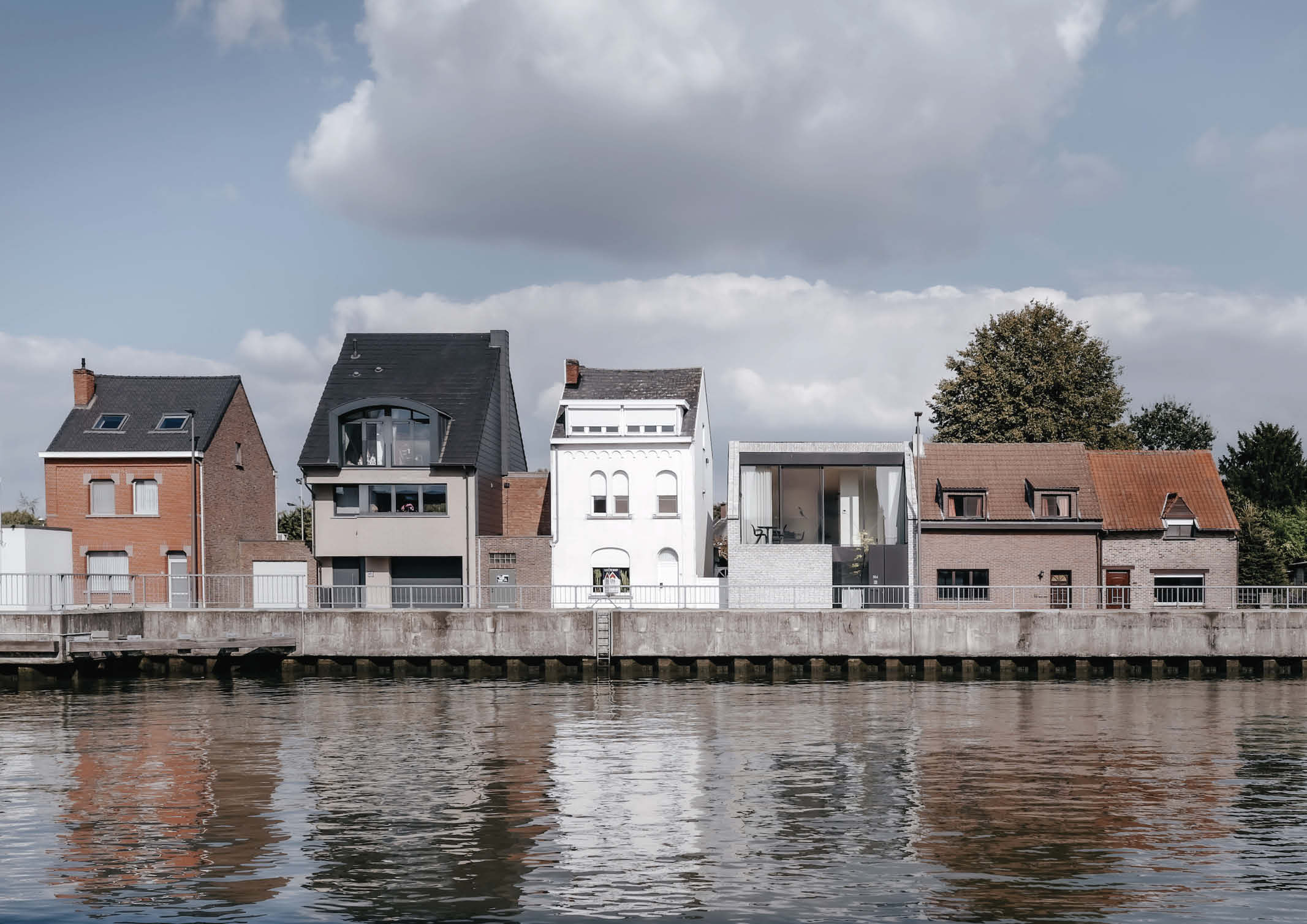
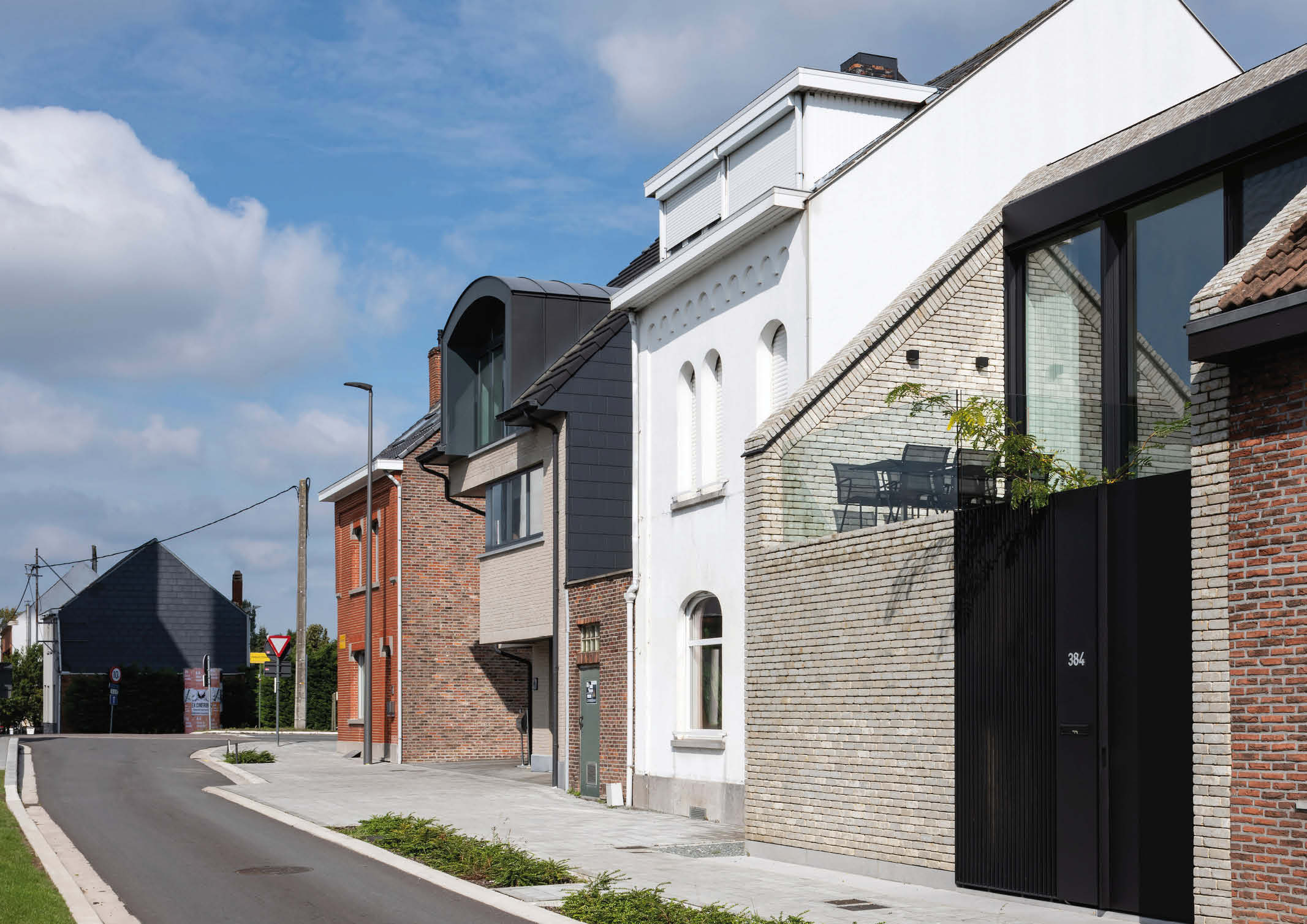

If in the rear, the house uses the full height allowed. The outline of the building changed at the front. The building recedes, resulting in an introverted facade organized around a new open space created by the volume subtraction. The project determines an unexpected spatial layout consisting of an entrance courtyard on the ground floor, acting as a filter between the street and the house, matched by a small garden at the back of the house.
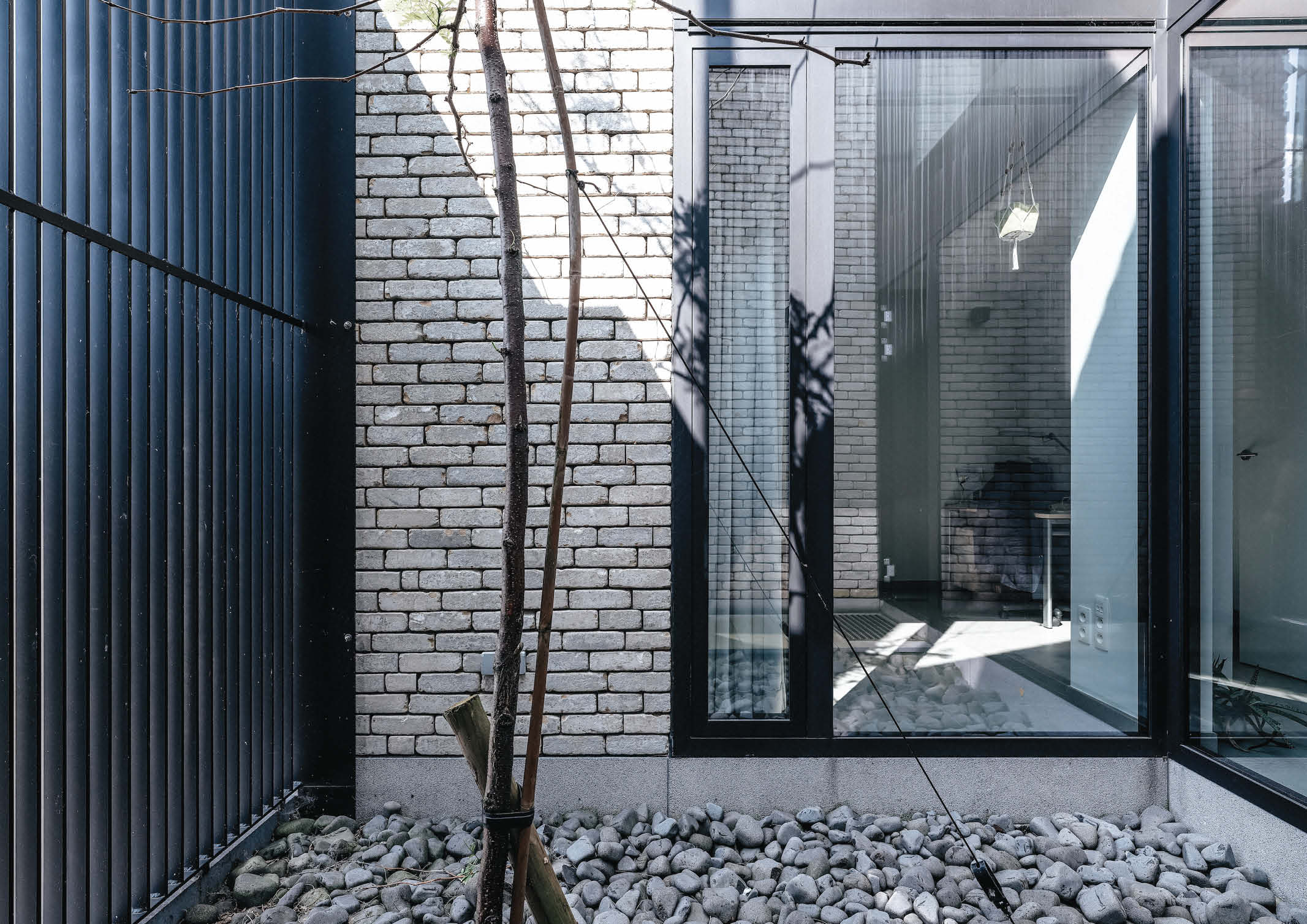

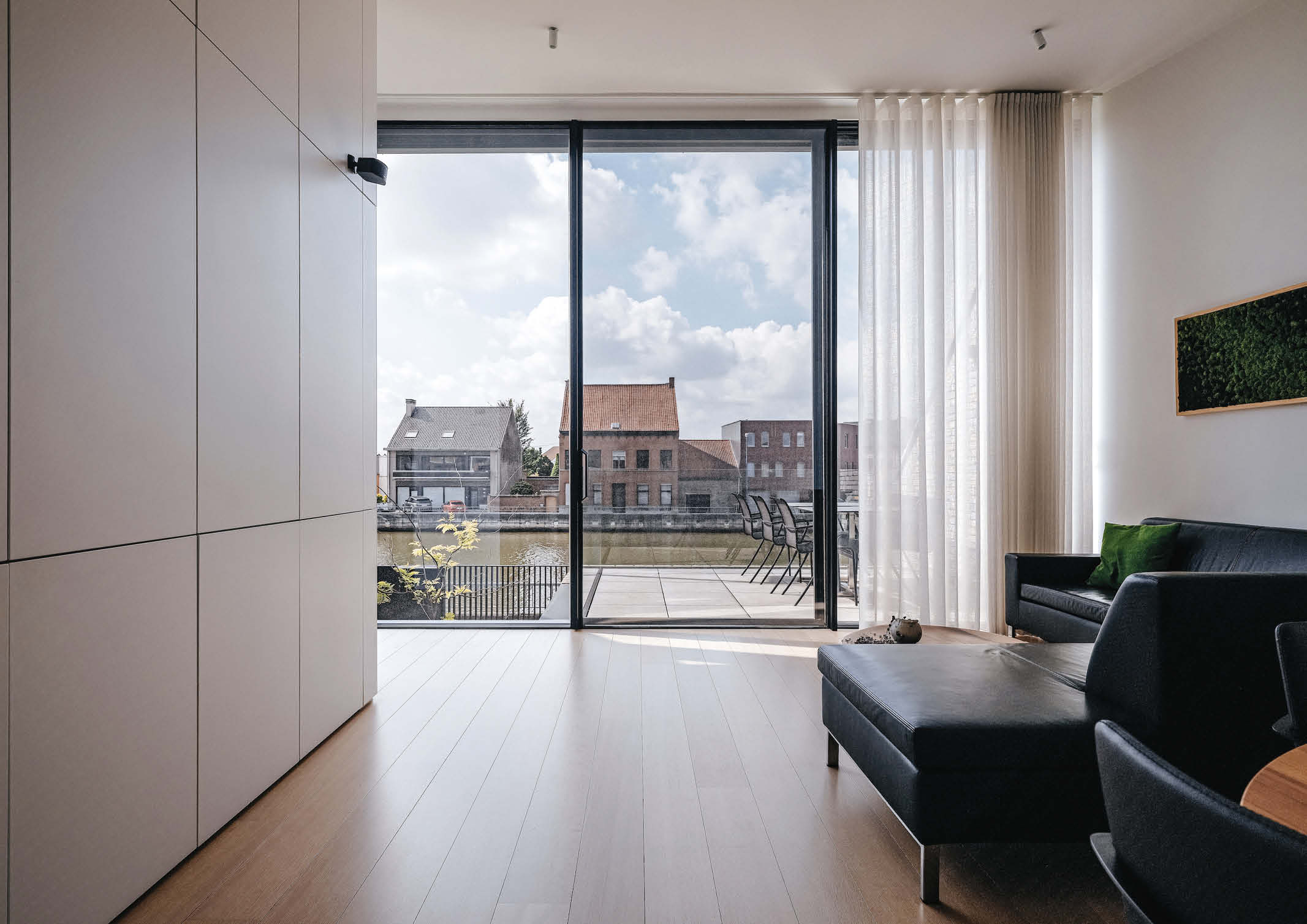
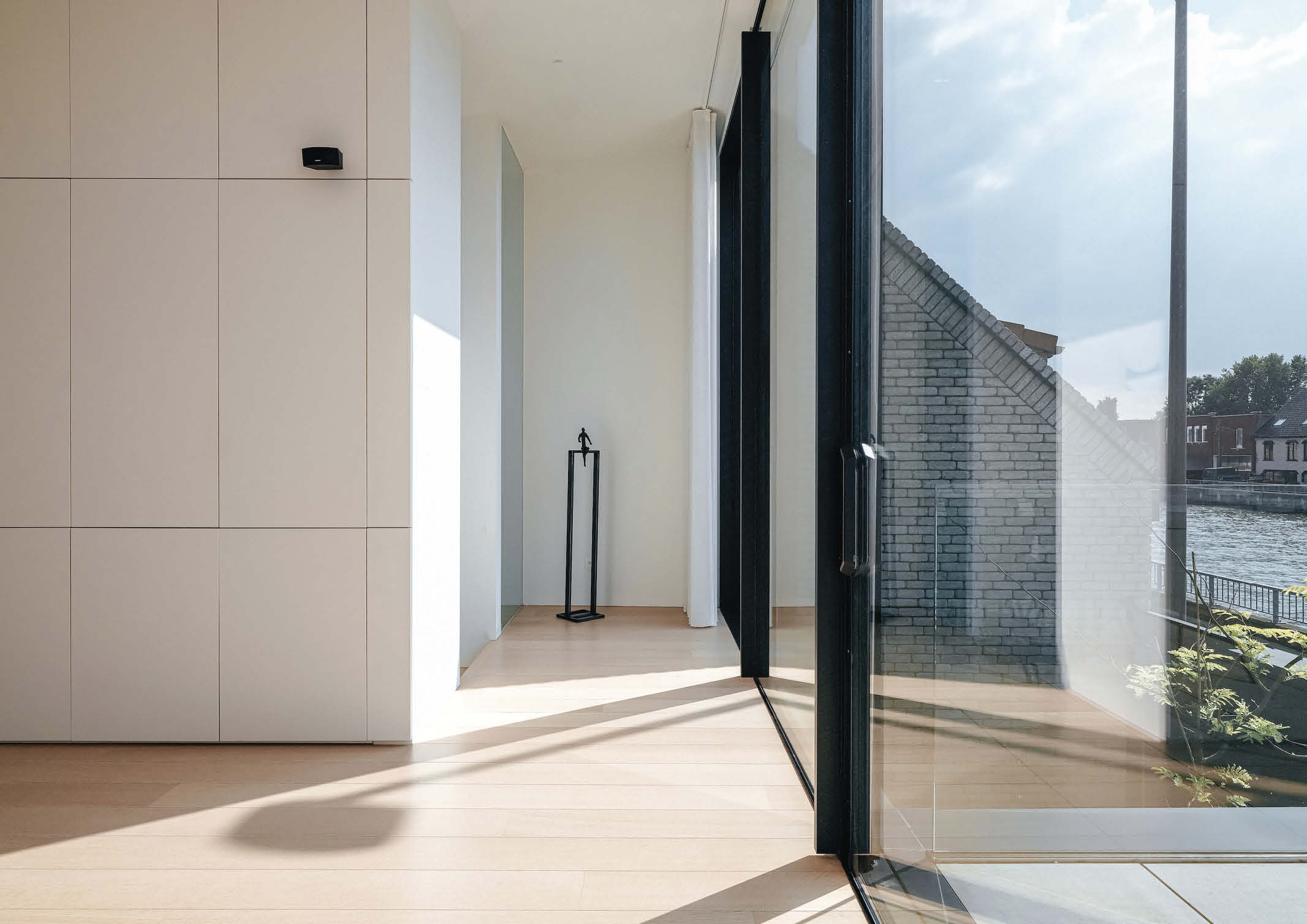
According to Giuseppe Farris, lead architect, the concept is a sort of “Japanese courtyard”, recalling the work of Carlo Scarpa which he carefully investigated during his studies at IUAV university in Venice. The idea is that beyond the gate that separates the house and road along the canal is a small secret garden. In the courtyard, a tree introduces a natural feel, a sense of warmth and proportion. The two bedrooms located on the ground floor also benefit from this quiet and intimate condition. One opens directly onto the courtyard, the other overlooks the backyard.




The courtyards also help determine a spatial continuity between the ground floor and the upper floor, where the living quarters are arranged. The staircase accessible from the entrance courtyard leads to the upper floor and unfolds adjacent to the entrance courtyard, leading to the discovery of the canal view. From here, the living room projects and expands to the outside through a terrace that brings air and light inside. The living area continues into a dining room and from the rear of the house, residents can access the kitchen overlooking the second courtyard.


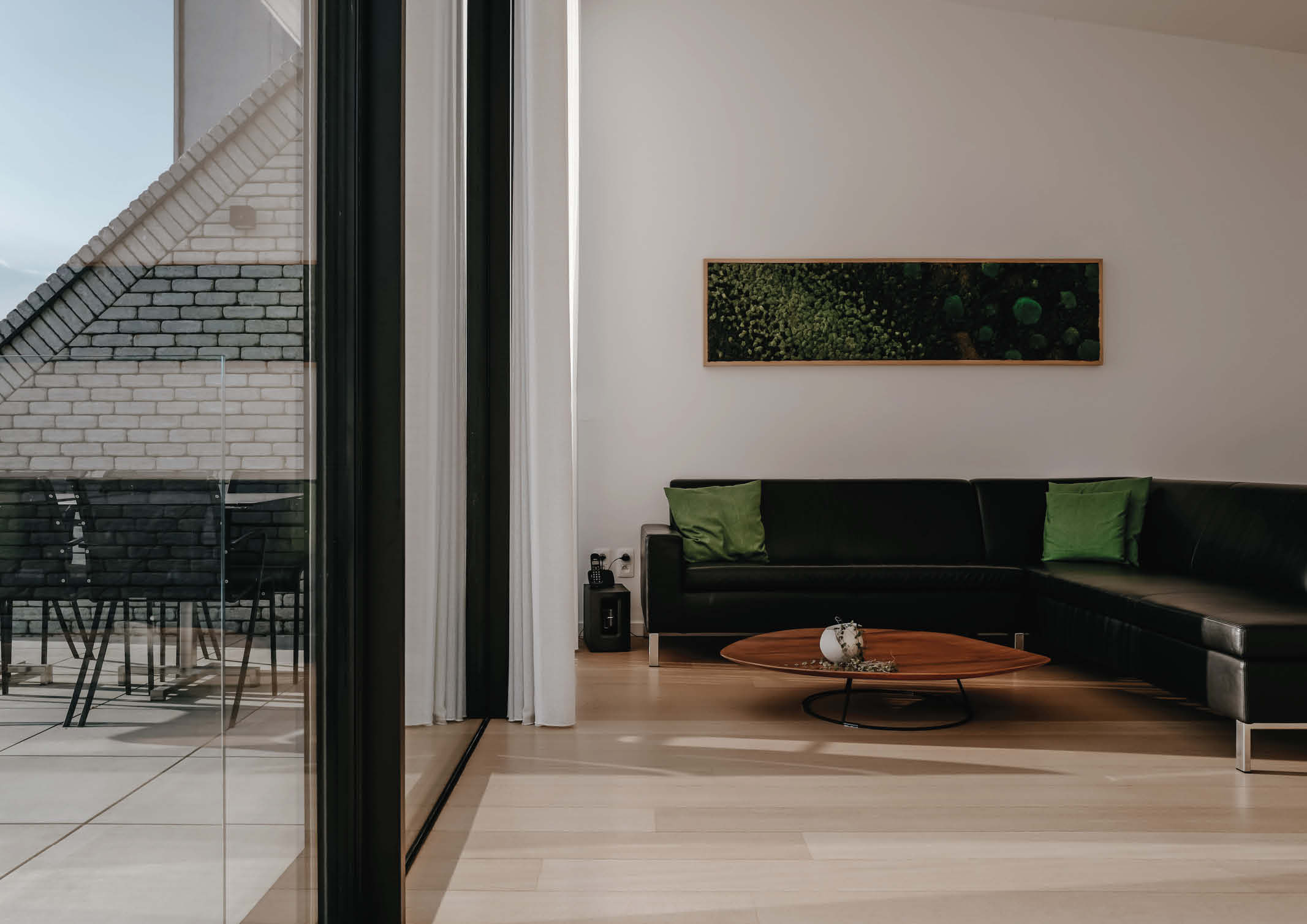
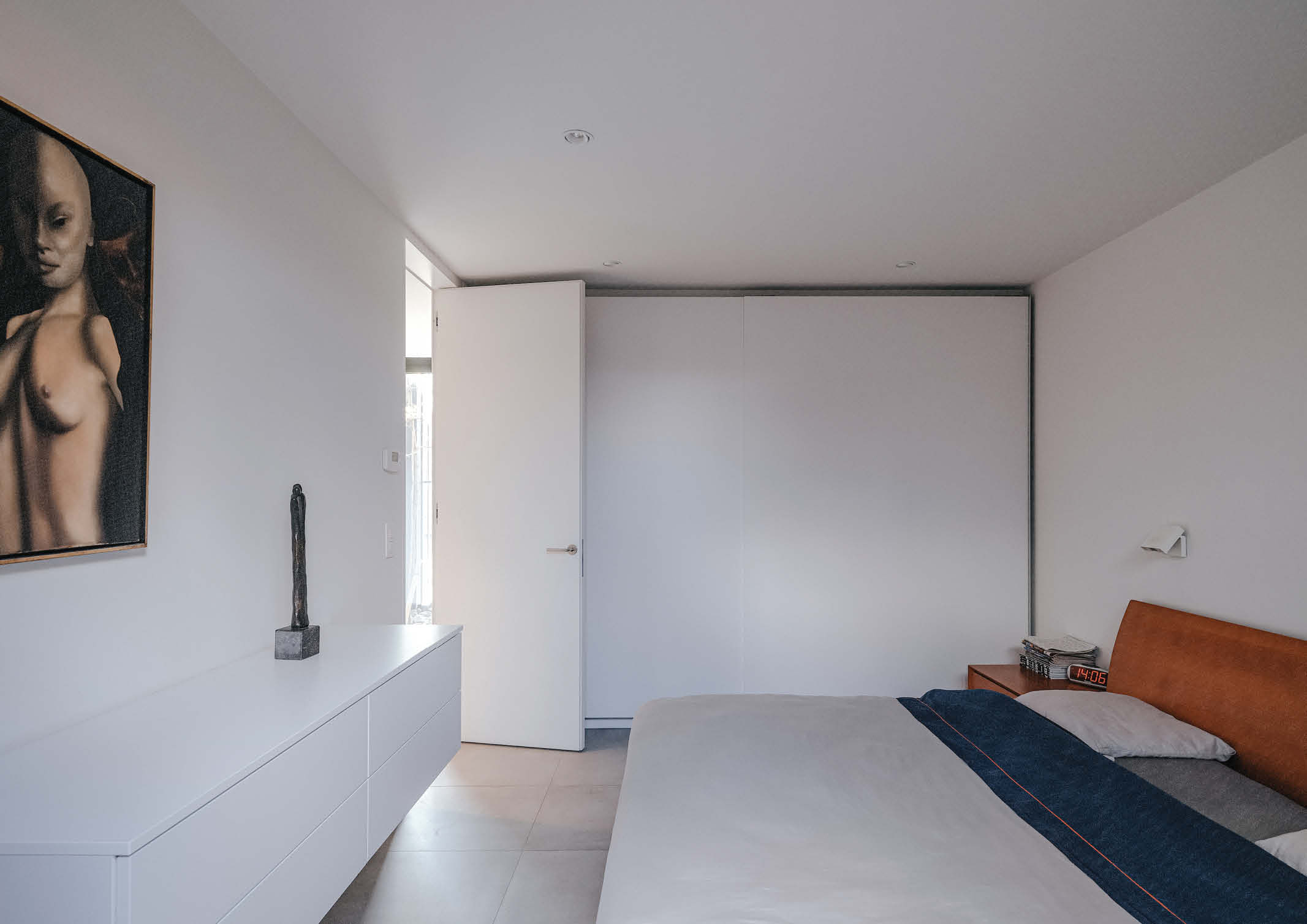
The relationship established between the interiors, the courtyards, and the outdoor spaces help to define an ideal connection between the two floors and to give the entire intervention a spatial continuity that reveals at every turn a new relationship with the outside.
Photos by Koen Van Damme and Martino Pietropoli


